article
Stage technology in the spotlight!
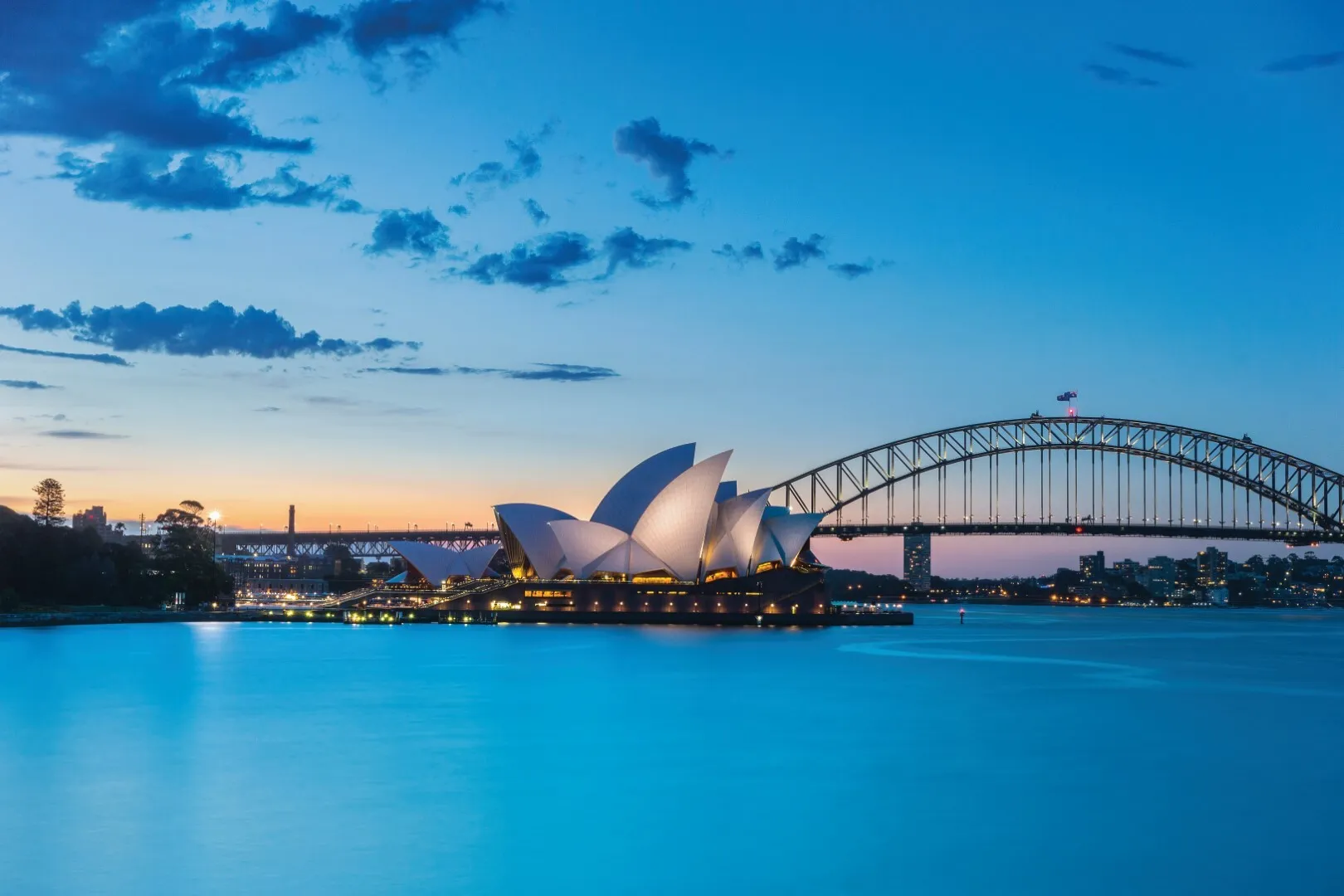
Fotoname: CH-AT-01 (siehe one Drive), ©Evolving Picture
While the entire world held its breath due to the COVID-19 pandemic and brought global logistics chains to a standstill, a team scattered around the world renewed the centrepiece of the Opera House – it’s Concert Hall. Today, this world-famous stage is a symbol of determination and team spirit. We spoke to two colleagues about these challenges - Georg Seliger and Alexander Amon.
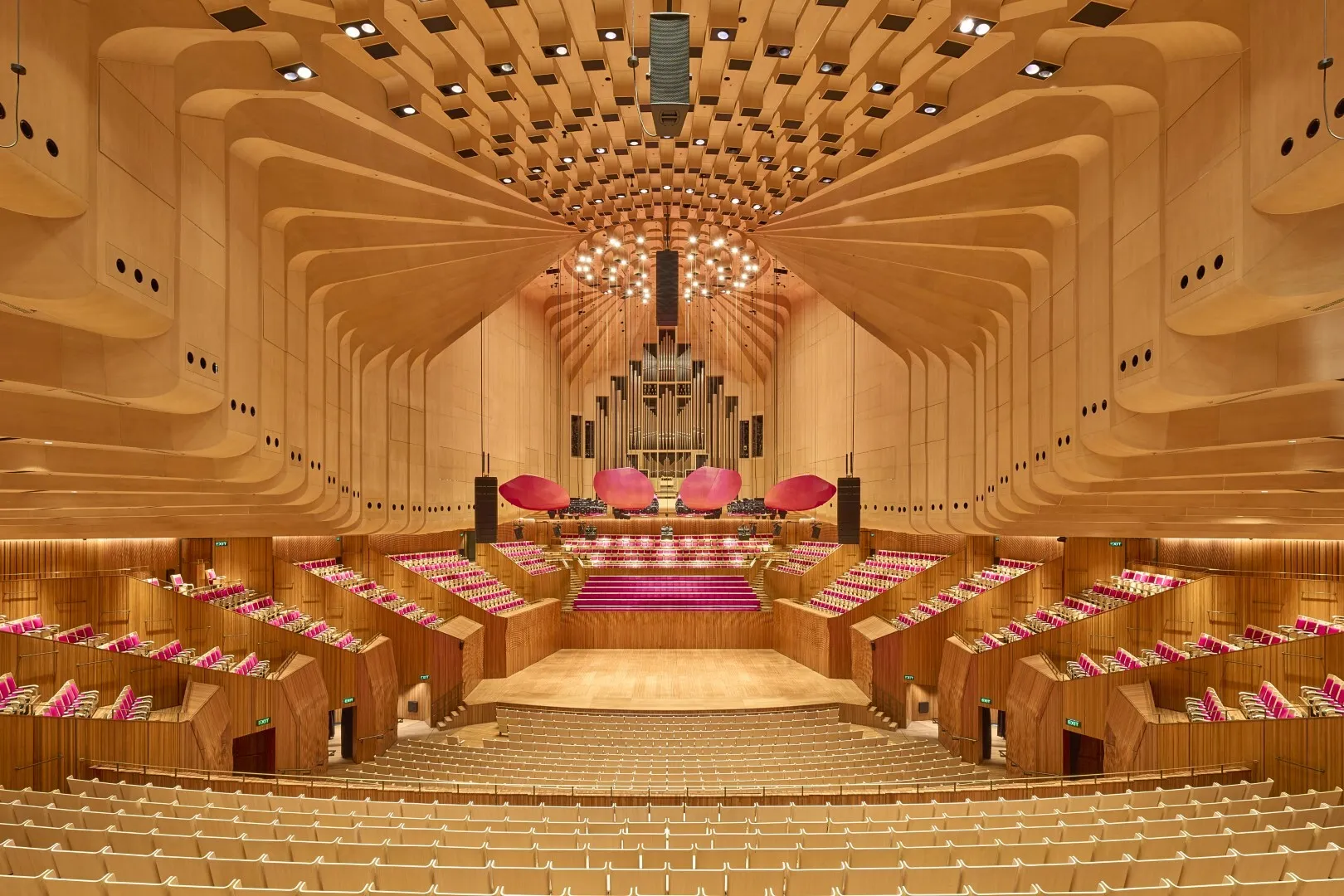
©Evolving Picture
The exciting journey of Georg Seliger: from planning to project management
Georg Seliger - the project manager responsible for the renovation of the Concert Hall (2019-2022) - previously worked as a design engineer for the renovation of the Joan Sutherland Theatre (JST) at the Sydney Opera House from 2015 to 2017. You were able to get to know the Sydney Opera House from both sides - once as a design engineer from 2015 to 2017 and now as a project manager.
What were your tasks on the more recent project?
For the Concert Hall renewal project, I had a variety of tasks that were both challenging and fulfilling. From supporting the Waagner-Biro Stage Systems sales department and attending meetings with the Opera House in the initial phase to managing a team of 15 office staff and 20 workers on the construction site, my time was in demand.
The challenge was to effectively coordinate both the project team and communicate with our client and subcontractors. Internal meetings and design meetings were of great importance as the project required many specific solutions.
Monitoring material deliveries, carrying out factory acceptance tests and functional tests, as well as coordination on the construction site and with various departments in Vienna were crucial. It was an exciting challenge to bring the various elements together and ensure that everything ran smoothly.
What were the biggest differences in the two projects?
One of the biggest differences between the projects was the technical complexity of the installations. The project in the Concert Hall was significantly more demanding due to the structural conditions and the shorter lead time. In contrast to the JST project where the majority of the construction had already been completed, the construction for the Concert Hall was still taking place during the construction phase. An additional challenge with the Concert Hall was the more intensive coordination and communication, particularly due to technical complexities of the project.. The biggest difference, however, was the type of communication. As a design engineer, I was mainly in contact with the Opera House’s project manager and I was in constant dialogue with everyone involved. It required intensive coordination and open communication to ensure that all requirements were met and that the project ran smoothly.
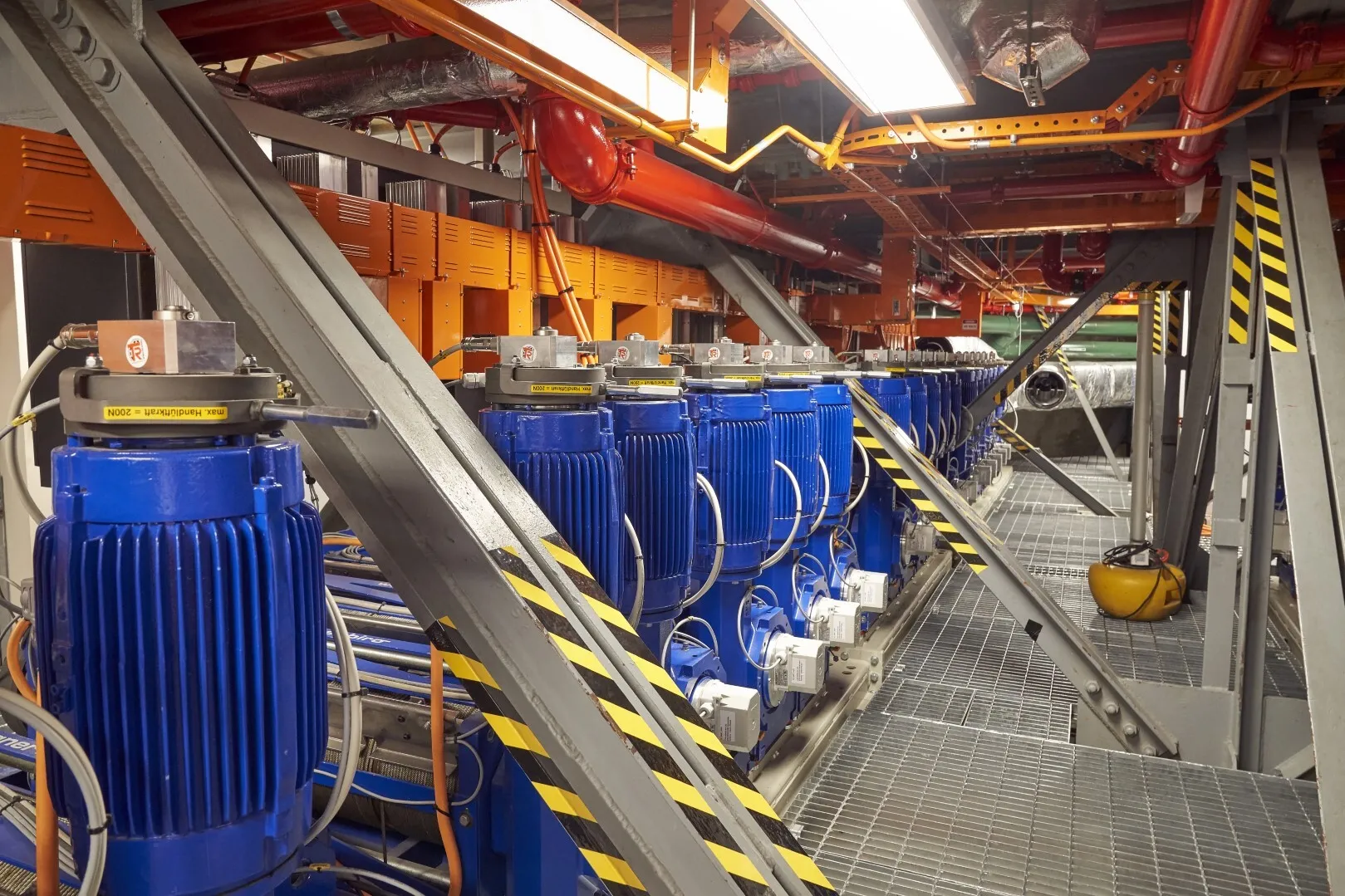
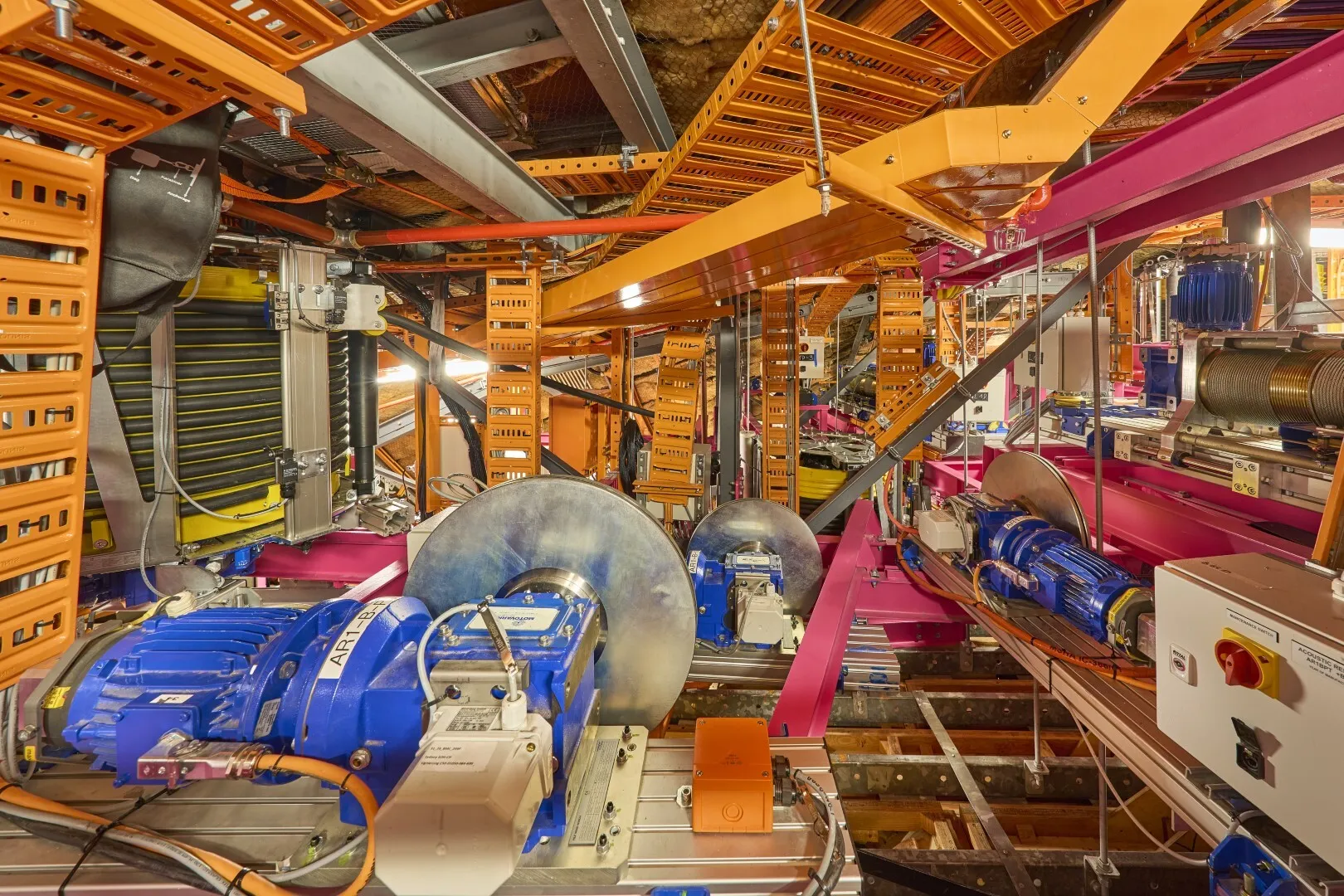
Winch Room at Joan Sutherland Theatre & Winch Room at the Concert Hall ©Evolving Picture
What is a normal working day like as a project manager?
There were a lot of video conferences! (laughs) The day started very early in the morning for me due to the time difference, but that was the best time to hold all the video conferences and meetings with the Opera House’s project team. In the morning, there was a daily exchange with our on-site design engineer Alexander Amon to discuss progress on the construction site. After that, I spent the whole day in intensive internal coordination with our logistics and construction team.
To what extent has the pandemic influenced the project?
Deliveries were more difficult due to less available shipping space and longer production times. Entry regulations made project work more difficult, as exemptions were required to enter Australia due to the COVID-19 pandemic and only a few people were allowed to enter each day. The personnel issue was also challenging as flexibility was limited during the pandemic.
And what about the technical challenges?
The technical challenges were undoubtedly demanding, especially when designing the upper stage due to the limited space and static conditions. We had to develop customized solutions, including weight-optimized cable winches, automated cable drums and customized acoustic banners to meet the requirements of the Concert Hall.
A particular highlight was the installation of a large stage wagon system in the lower stage, which makes it possible to mount seats and enlarge the stage area as required or offer additional rows of seats.
In addition, innovative reflectors were developed including a floating and adjustable reflector above the stage and a wall-mounted reflector to allow for quick acoustic adjustments. These technical developments were not only a solution to the challenges of the project, but also an expression of our commitment to excellence in construction and design.
Were there any technical similarities between the concert hall and the JST? If so, which ones?
There were definitely some similarities between the projects. Australian standards meant that there were differences in the drive arrangement of winches and podium drives compared to European projects. Thanks to our experience at the JST, we were able to draw on previous design knowledge, which meant that some winch types were very similar in both venues.
Although the upper machinery in the Concert Hall is very special and has little in common with a "normal" lacing floor such as in the JST, we were still able to benefit from our previous experience with Australian safety standards, work processes and administrative challenges. It was a valuable learning experience that helped us to successfully move forward with the Concert Hall project.
Behind the scenes of the Concert Hall with Alexander Amon - responsible design engineer on site
How long were you involved in this project?
From the end of September 2020 to the beginning of June 2022, to be precise... on 3 June. 2022 at 1 pm I made my way home from my flat in Sydney.
What was your daily routine like in Sydney?
My day started at 6.45 am with an internal coordination meeting. I then chaired another meeting with the subcontractors to organize the work groups on site. During the day, I alternated between practical work on the machines and organizational or technical tasks on the computer or at the workstation.
Around 4 pm, there was a coordination meeting with the evening shift to hand over the work areas. I then instructed the evening shift in special technical tasks that had not been completed during the day. Finally, I worked on my technical and organizational tasks for which there was no time during the day.
What were your main tasks during the project realization?
There were several areas of responsibility, so I'll break it down a bit...
In Sydney, I worked as a coordinator for subcontractors. My main tasks included organizing the work groups on site according to their skills, coordinating the installation process and solving any problems that arose. I was also responsible for execution planning in collaboration with other trades, site management including permits and labour registration, logistics coordination and quality assurance. My role also included the technical coordination of adjustments to the machinery on site to ensure a smooth process.
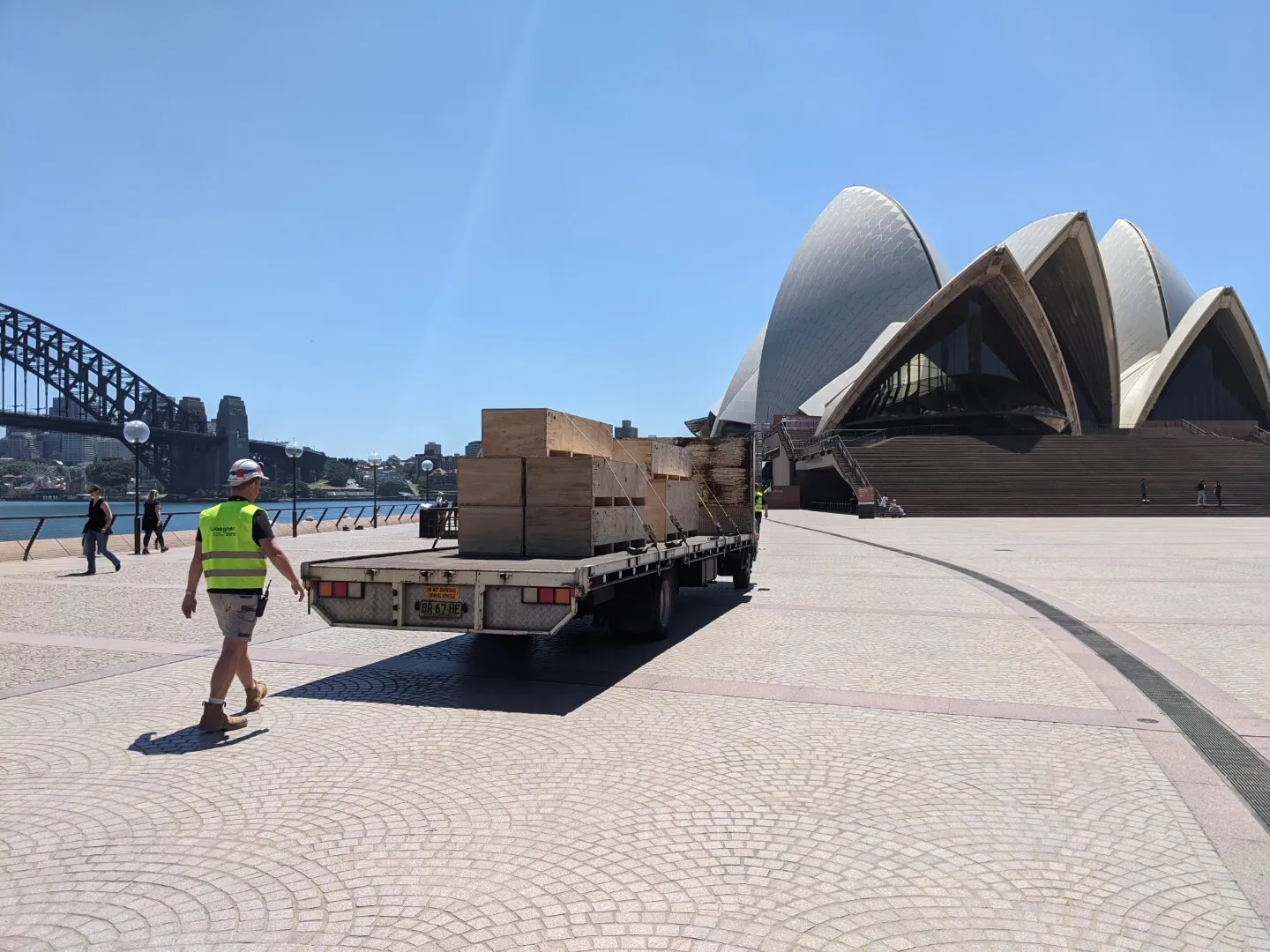
Antransport von Material
How did you yourself perceive your time in Australia?
This time was extremely instructive for me, as I was able to gain a wealth of experience that will be of great benefit to me for future challenges. The intensive and formative experiences of this time have contributed significantly to my personal and professional development. Overcoming the many challenges has made me the person I am today and I am grateful for the valuable lessons I have learnt along the way.
What were the biggest personal challenges you faced during the project?
I was away from home for a long time, which was certainly one of my biggest challenges. In addition, it was difficult to take on the disciplinary and technical leadership of the regional workforce.
What experiences from Australia can you now pass on to your colleagues as head of department?
Never forget the basics of technology and start from the ground up with complex tasks. Work on the individual work packages step by step, then every plan will succeed. Make mistakes, be proud of them and learn from them.
You flew to Sydney as a design engineer and came back to Vienna as head of department. Congratulations on this career leap!
How are you doing with it?
Thank you very much for the congratulations! I am honoured and grateful for the opportunity to take on this new position. The experience of returning from Sydney as a design engineer and now working as a department manager in Vienna has been an incredible journey for me. It has definitely been a challenging time, but also extremely educational and fulfilling. I look forward to continuing to utilise my knowledge and experience to lead the team and contribute to the success of the department. It is an exciting phase in my career and I am ready to take on the responsibility and tackle more new challenges.
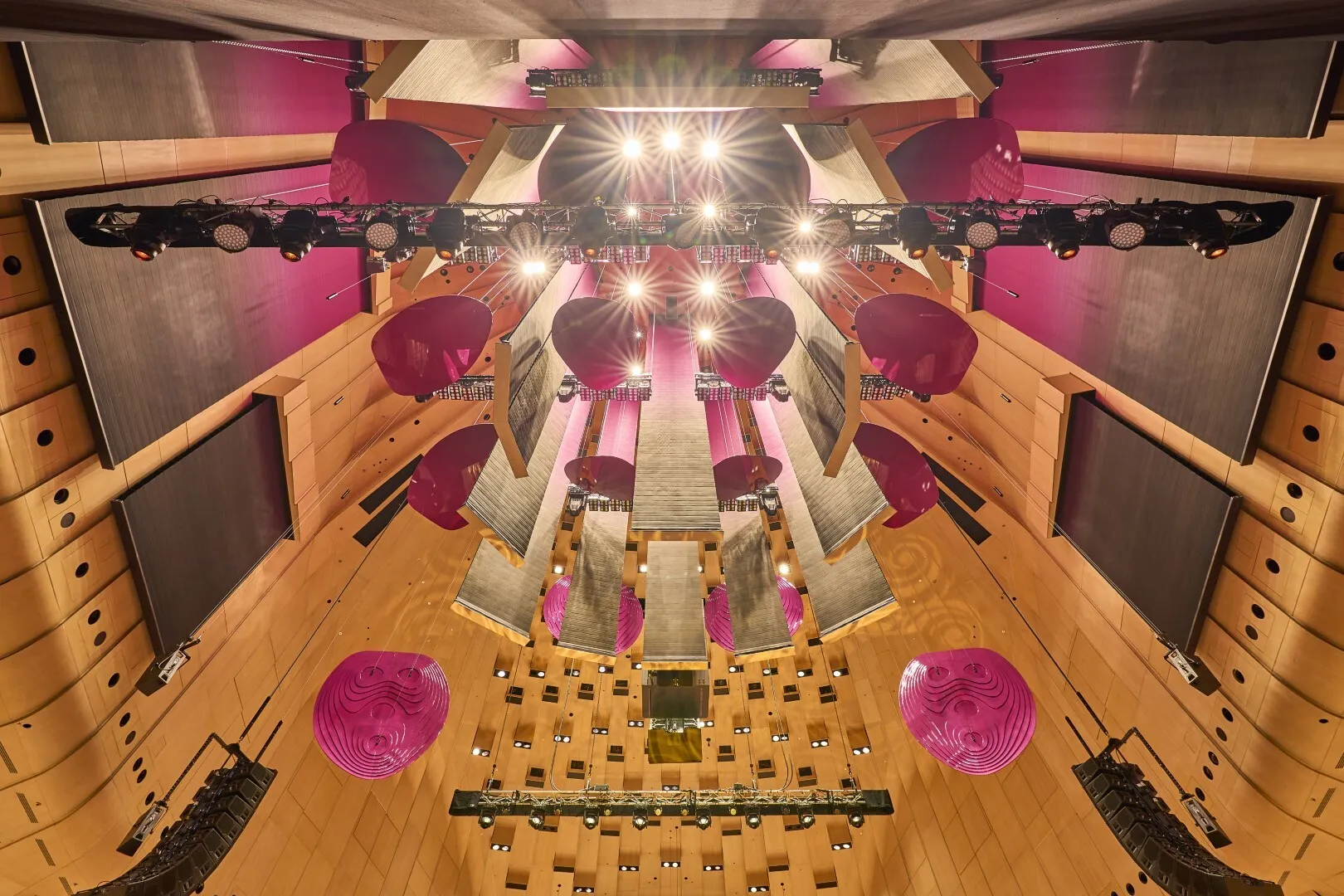
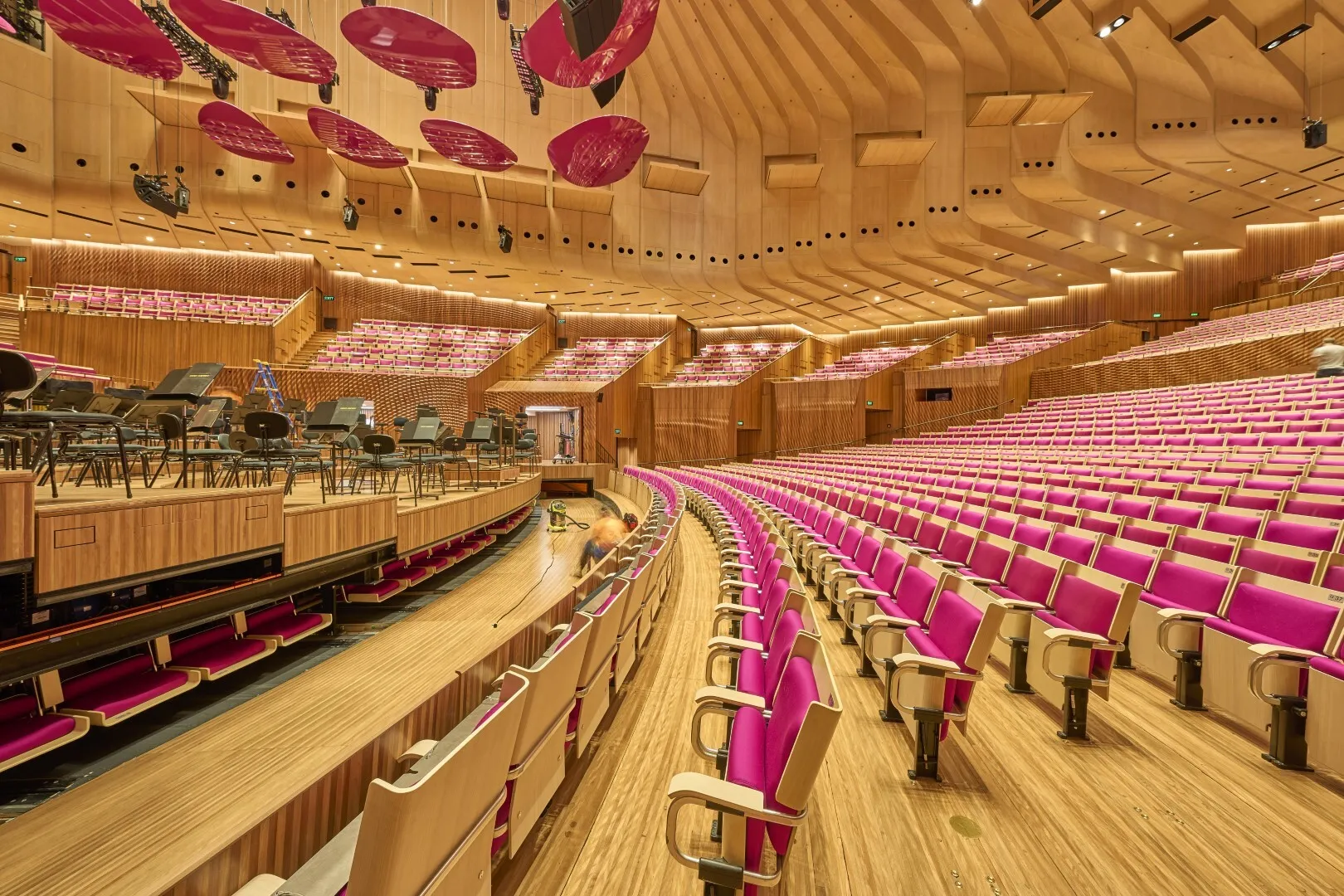
New acoustic reflectors for more balanced and true sound & Automated stage risers with seating wagon system ©Evolving Picture
 ©Waagner-Biro Stage Systems
©Waagner-Biro Stage SystemsVictoria Knitschke
Author
 ©Waagner-Biro Stage Systems
©Waagner-Biro Stage SystemsAngelika Albert-Knaus
Author
7/14/2025
In this article
Waagner Biro Stage